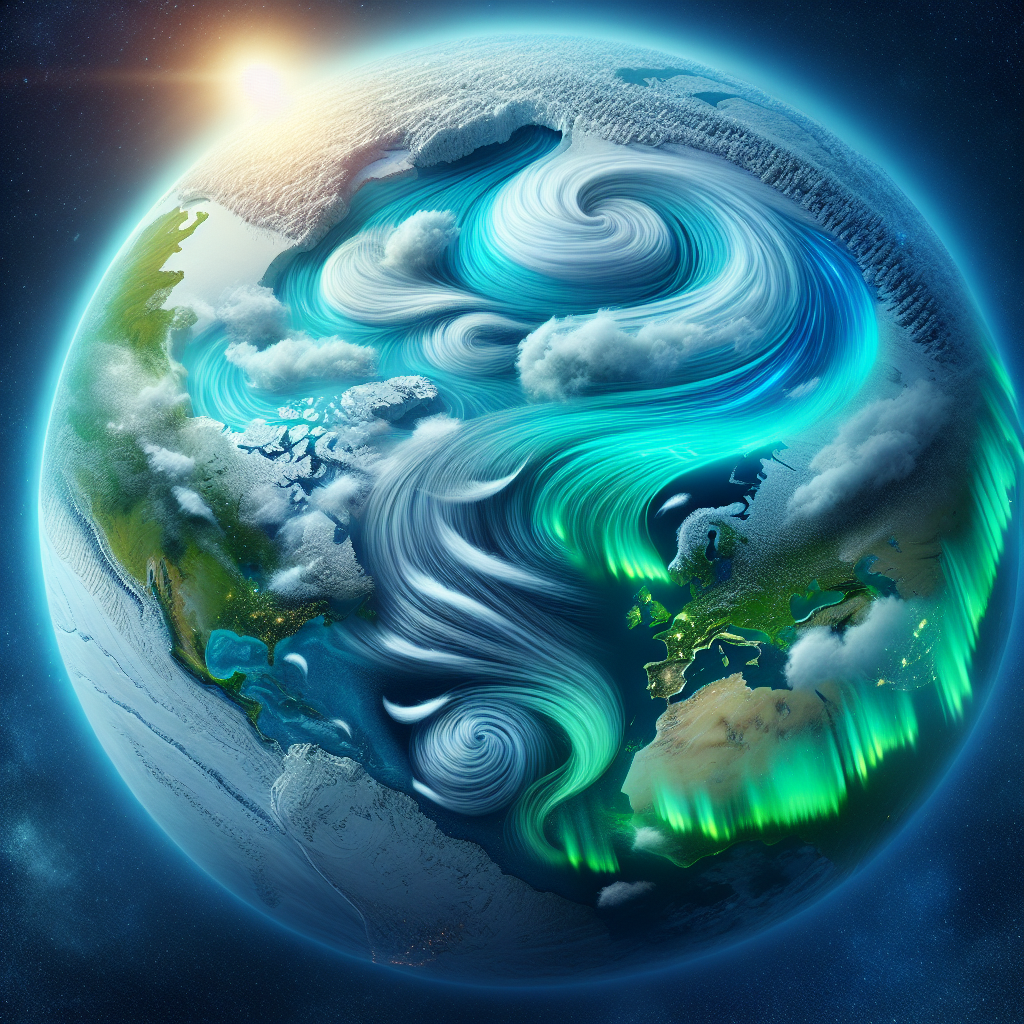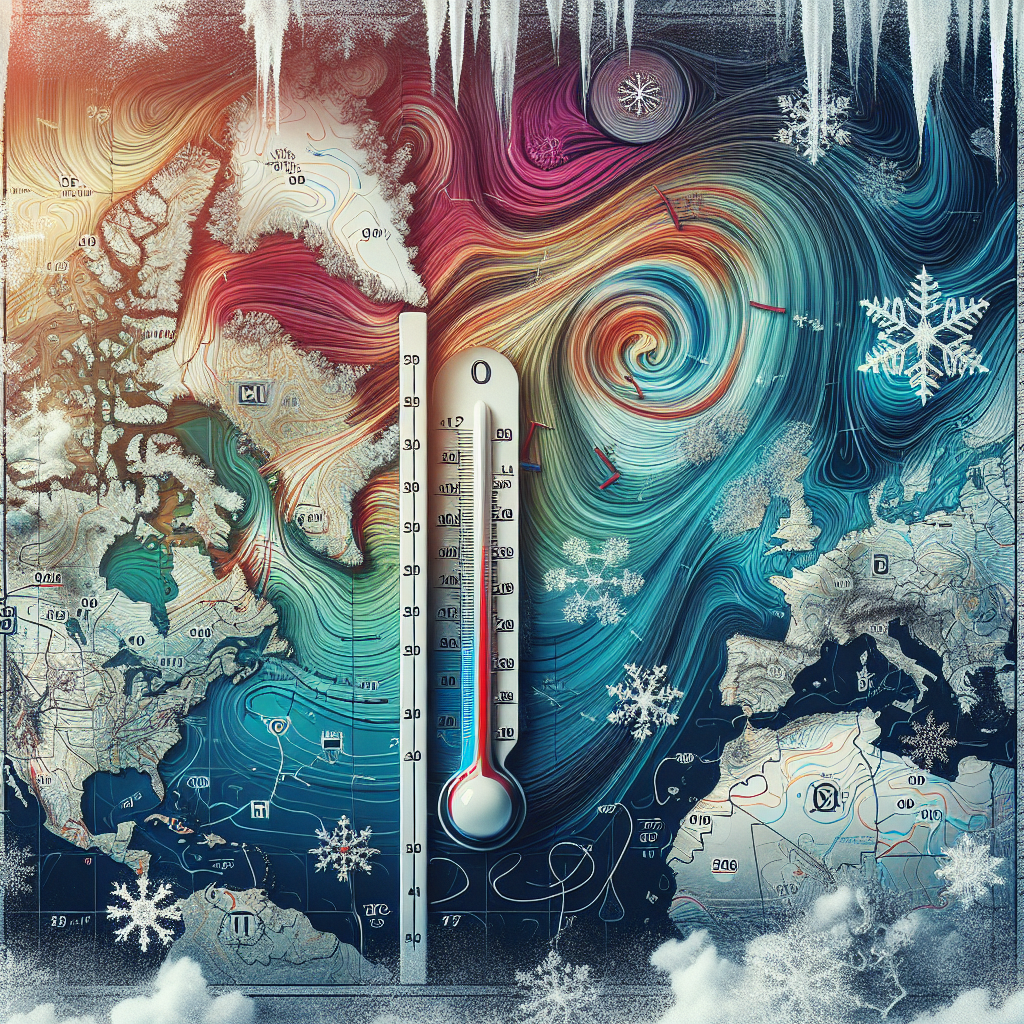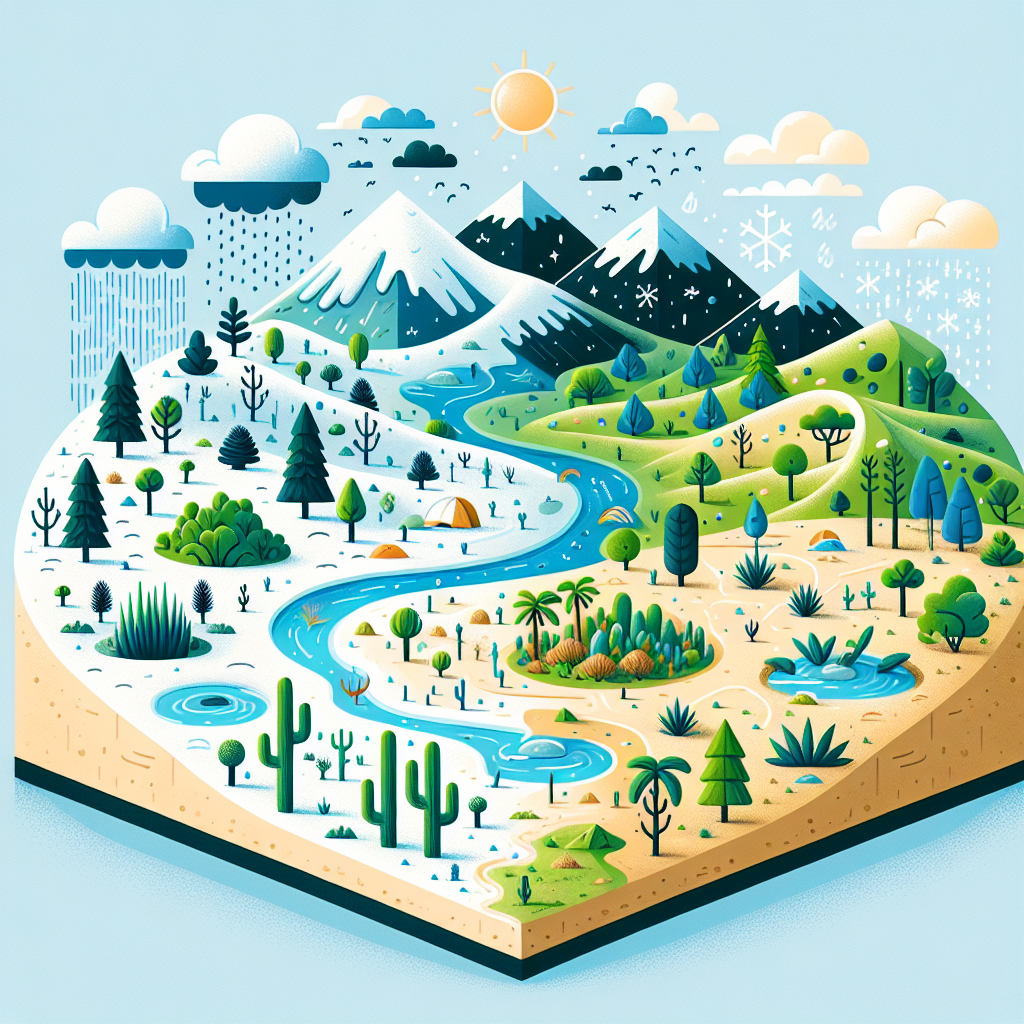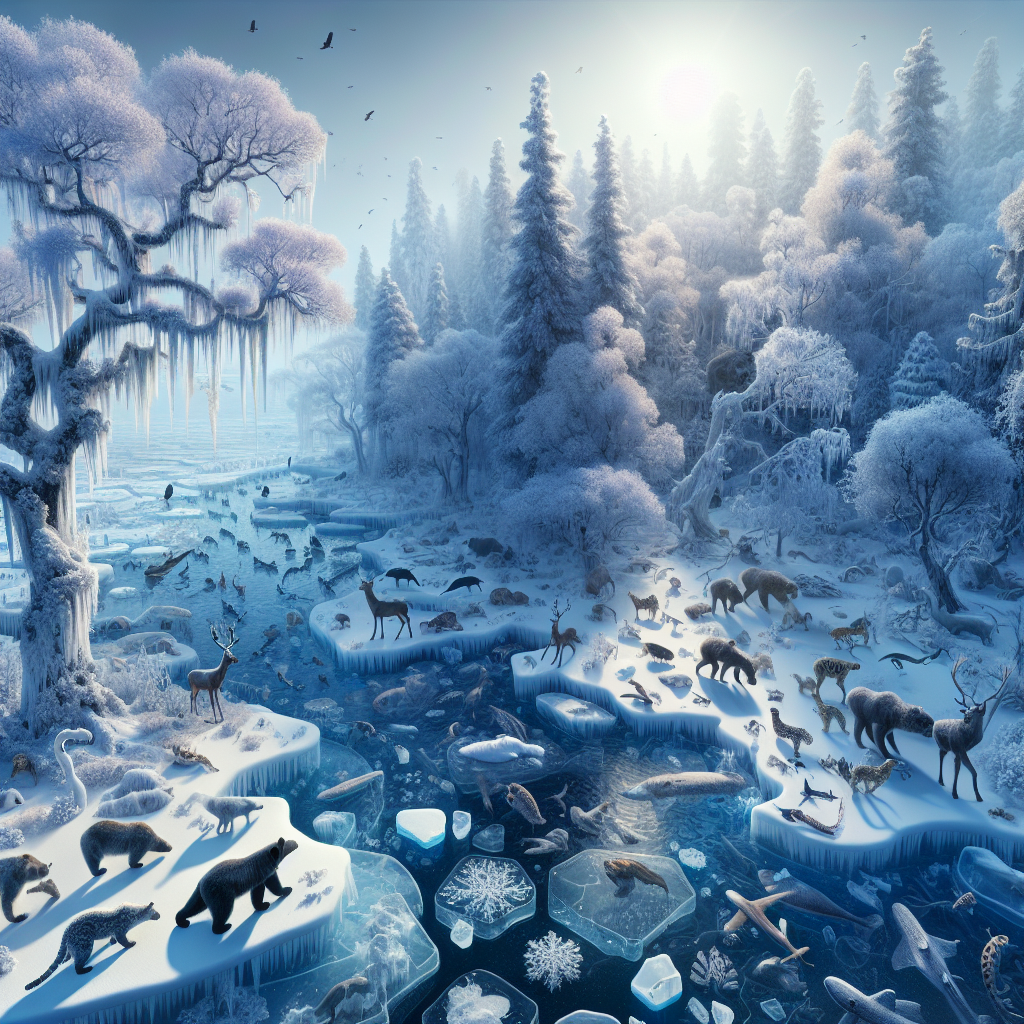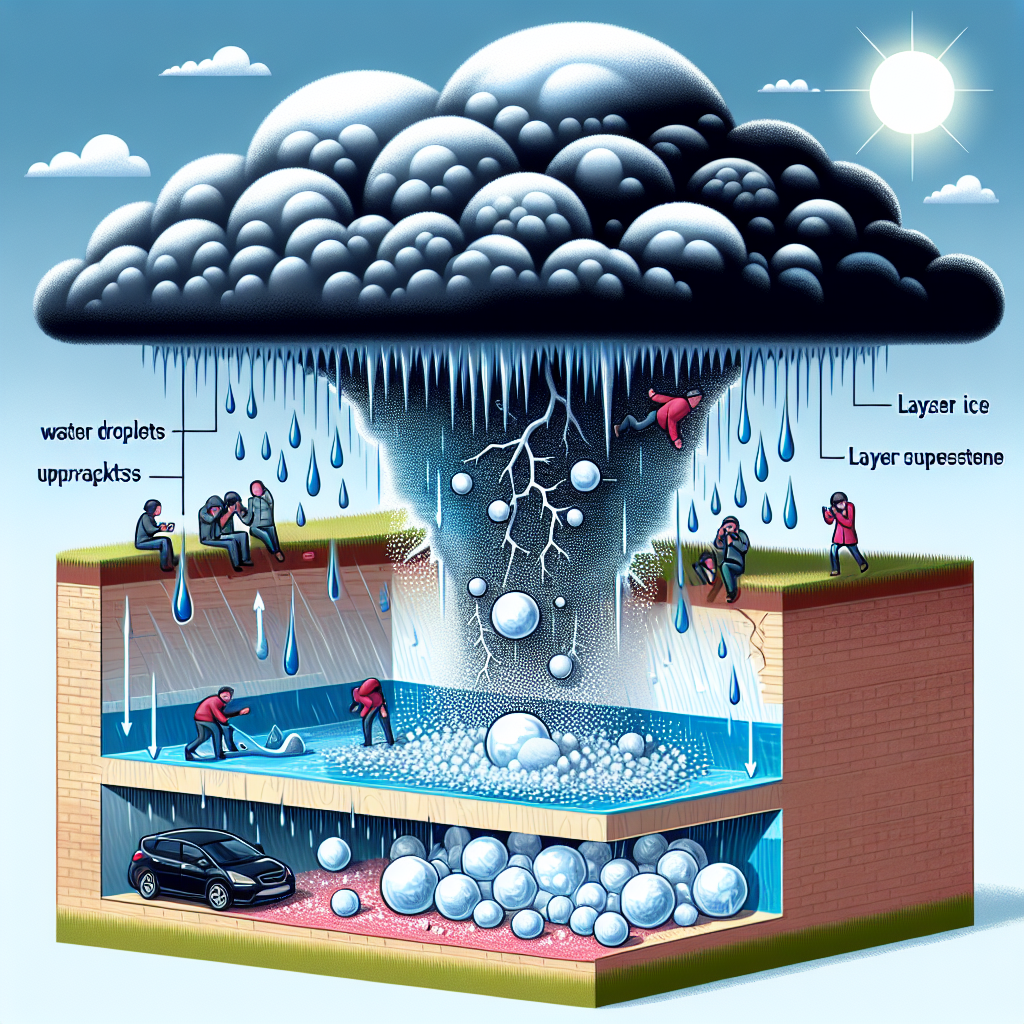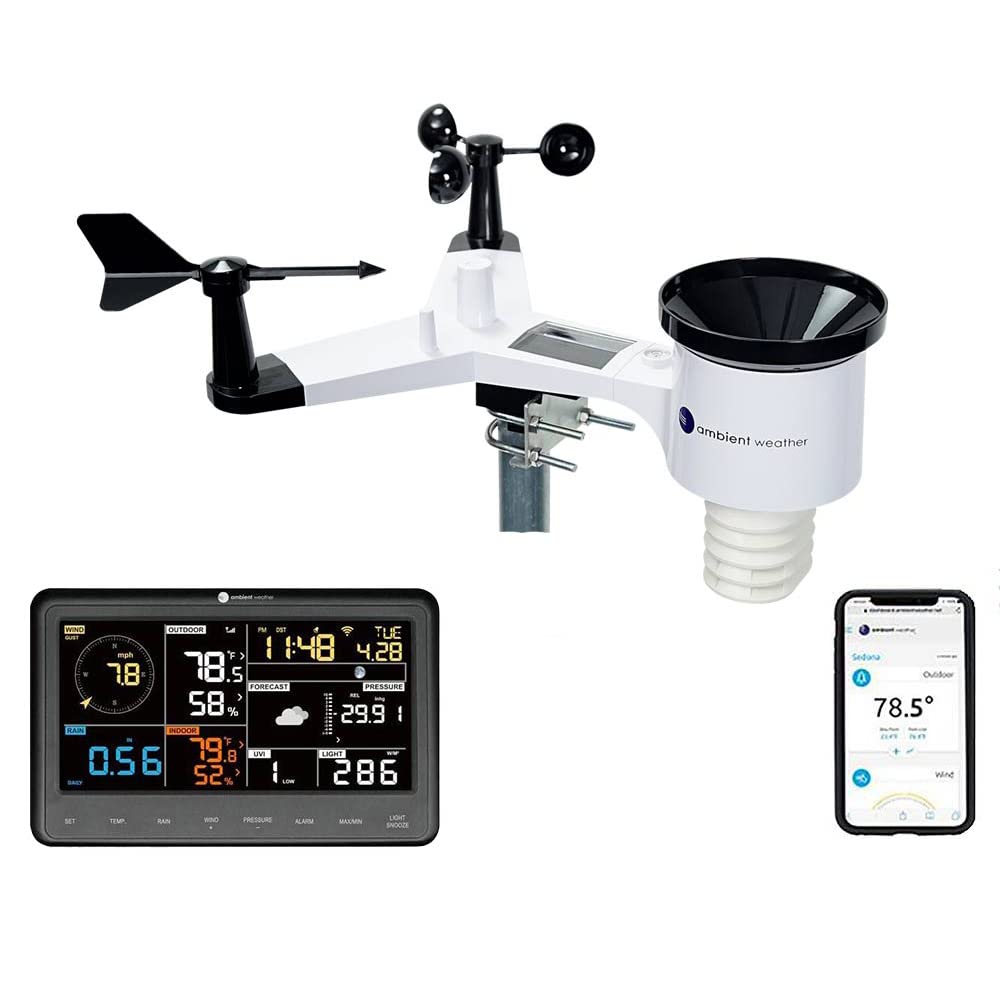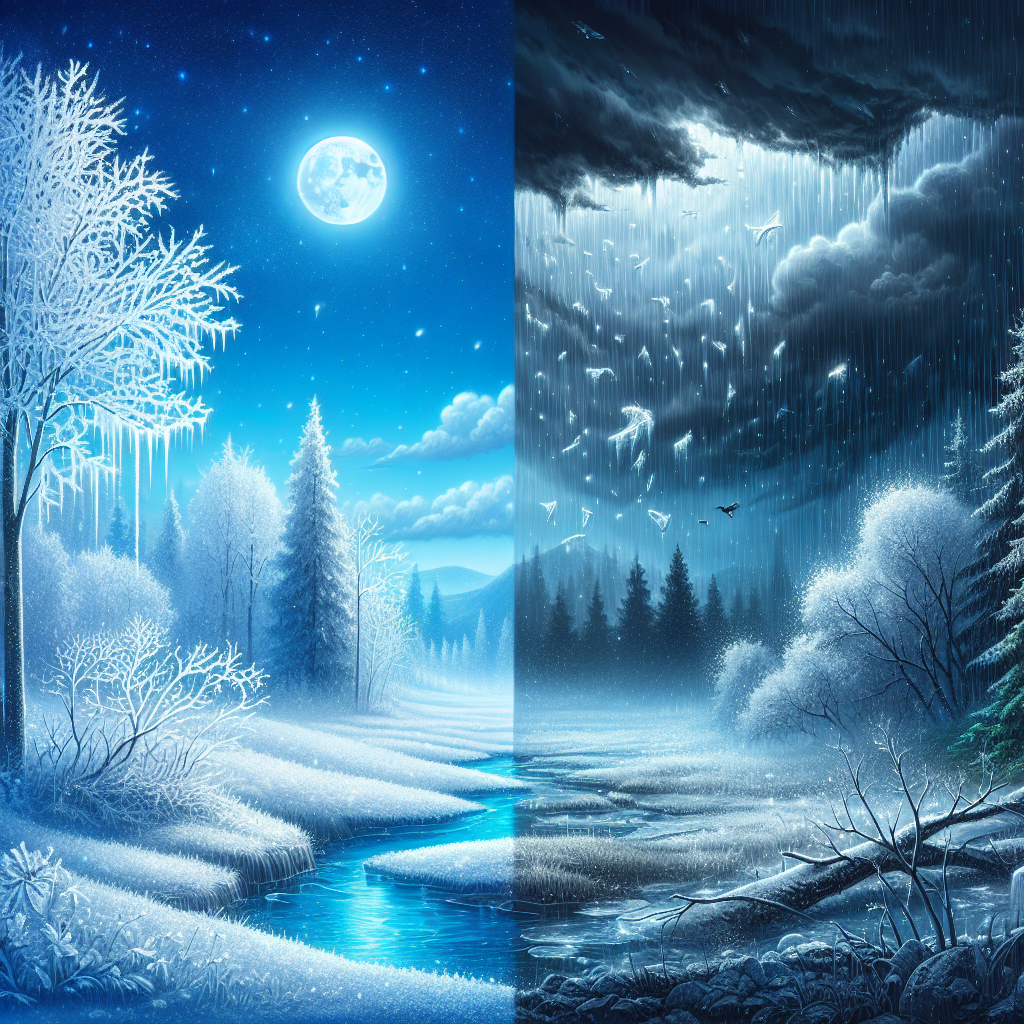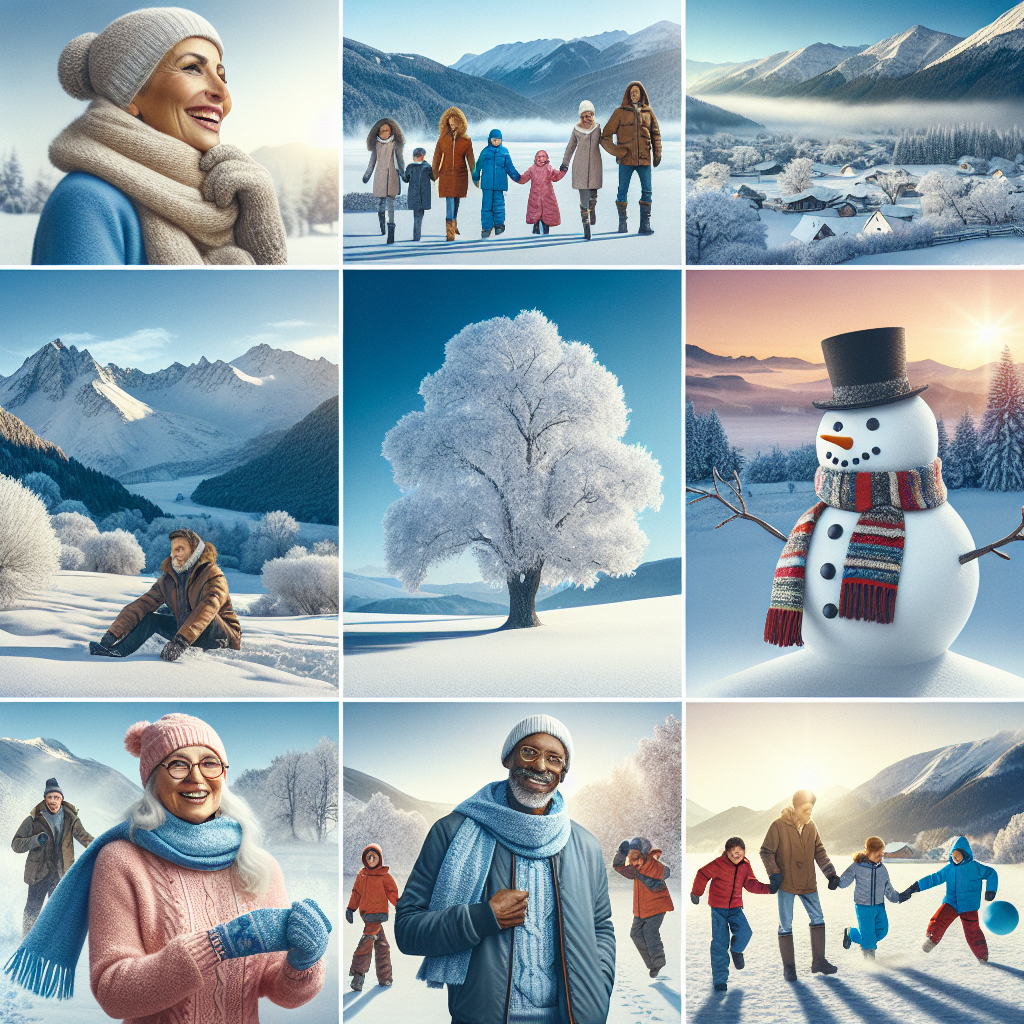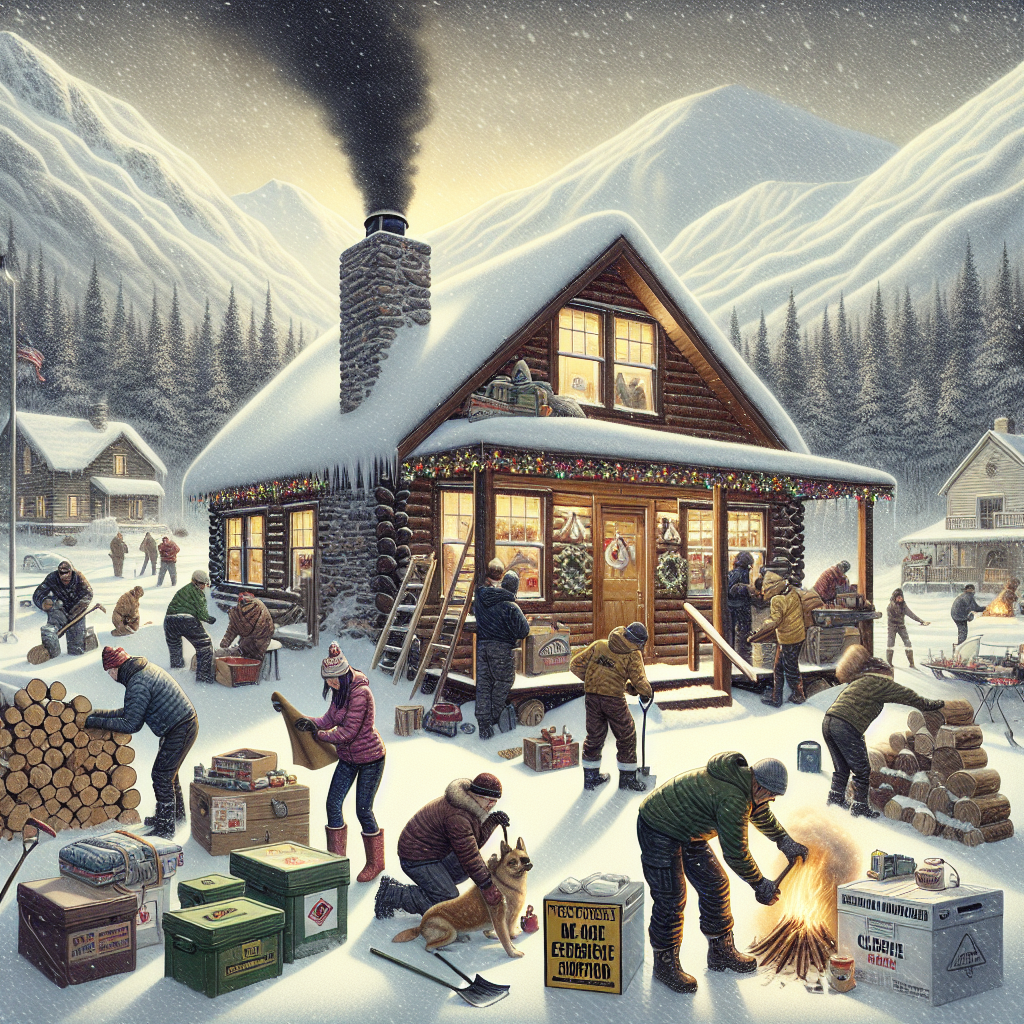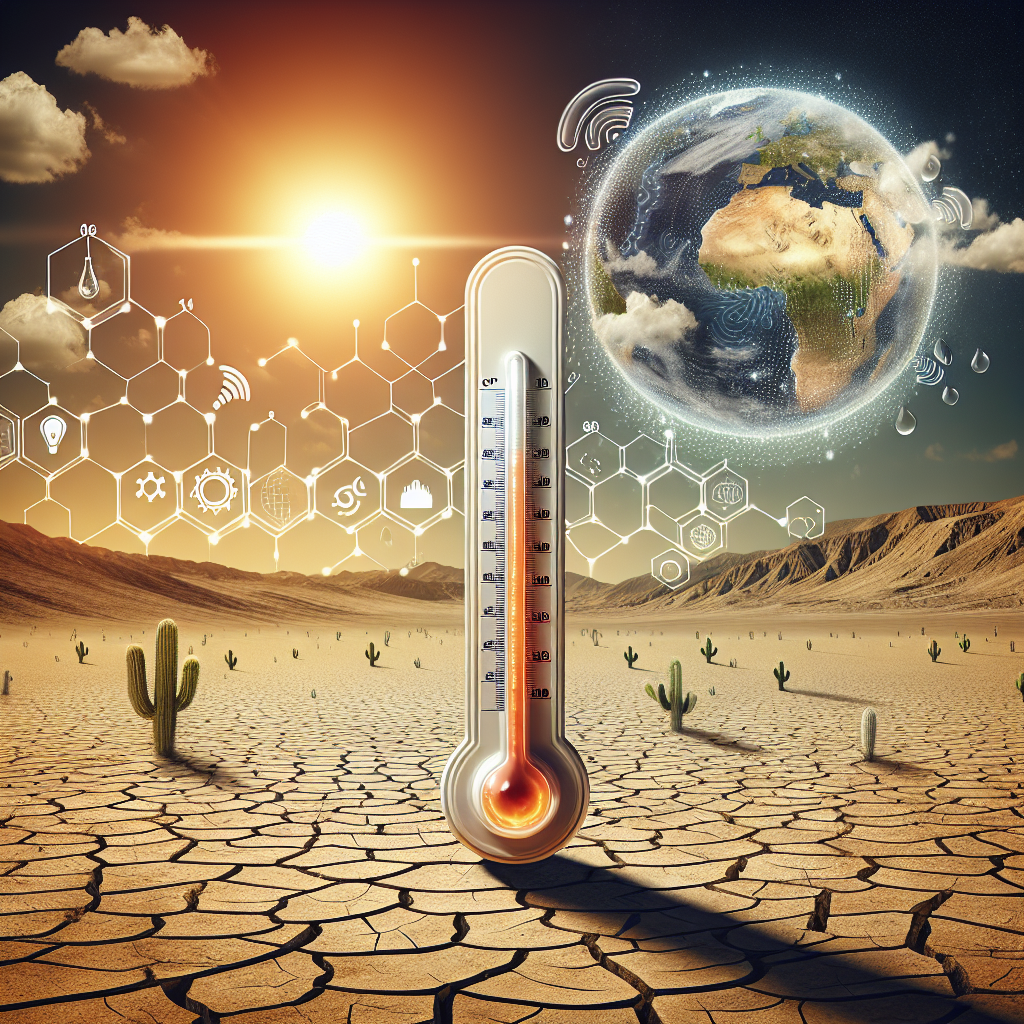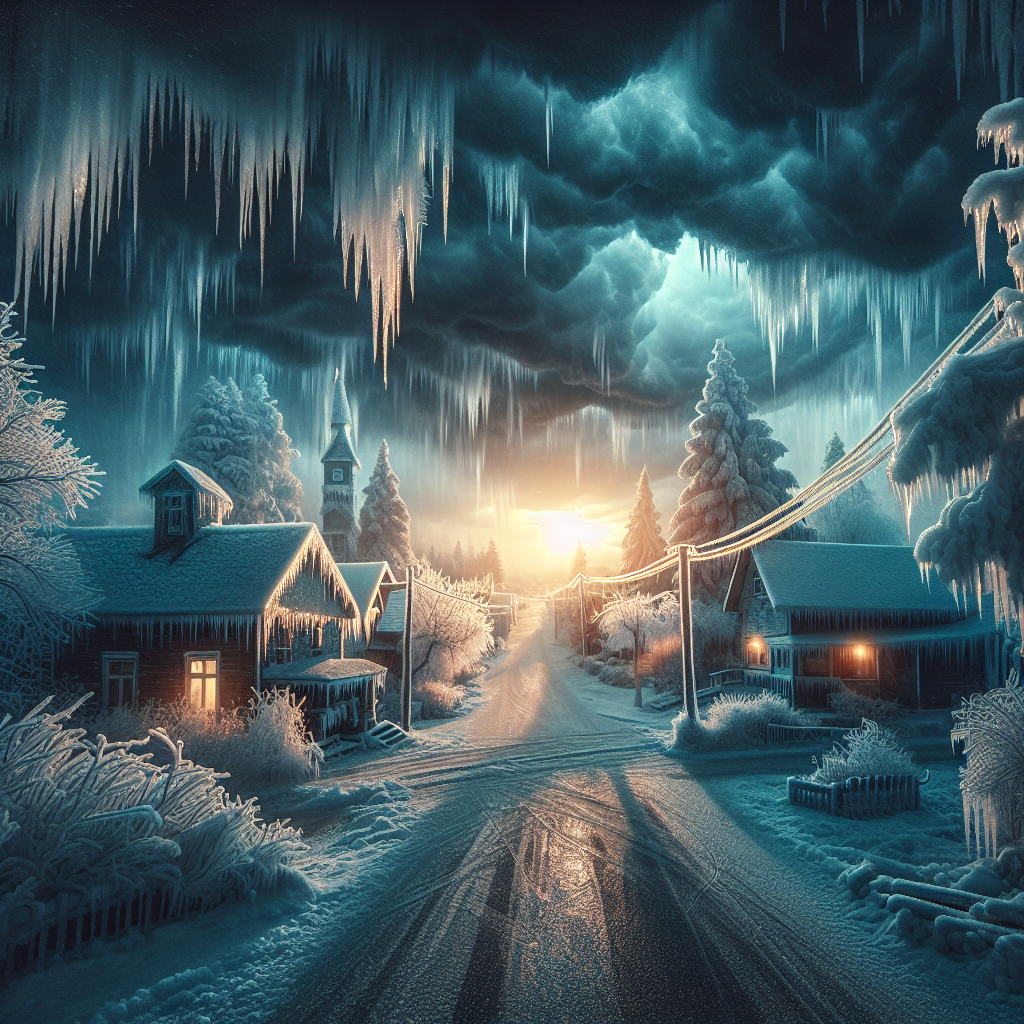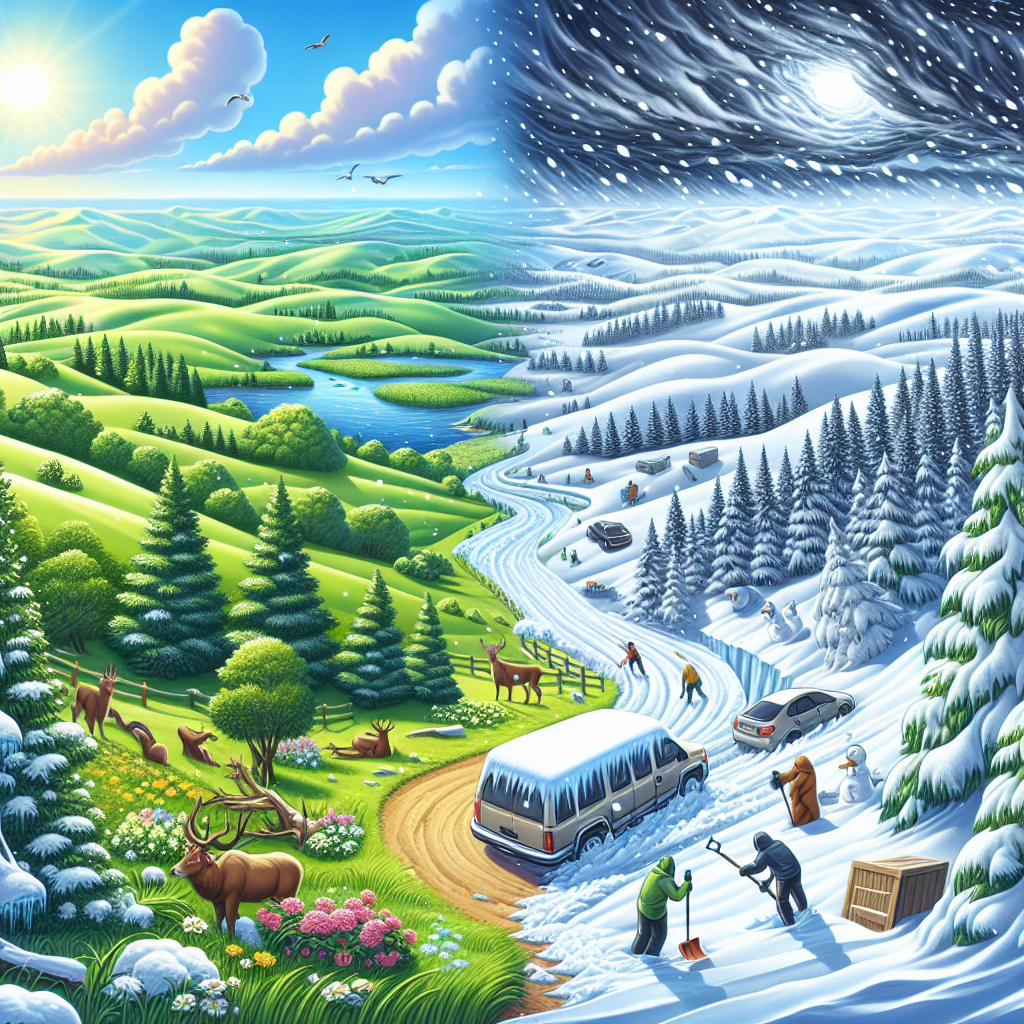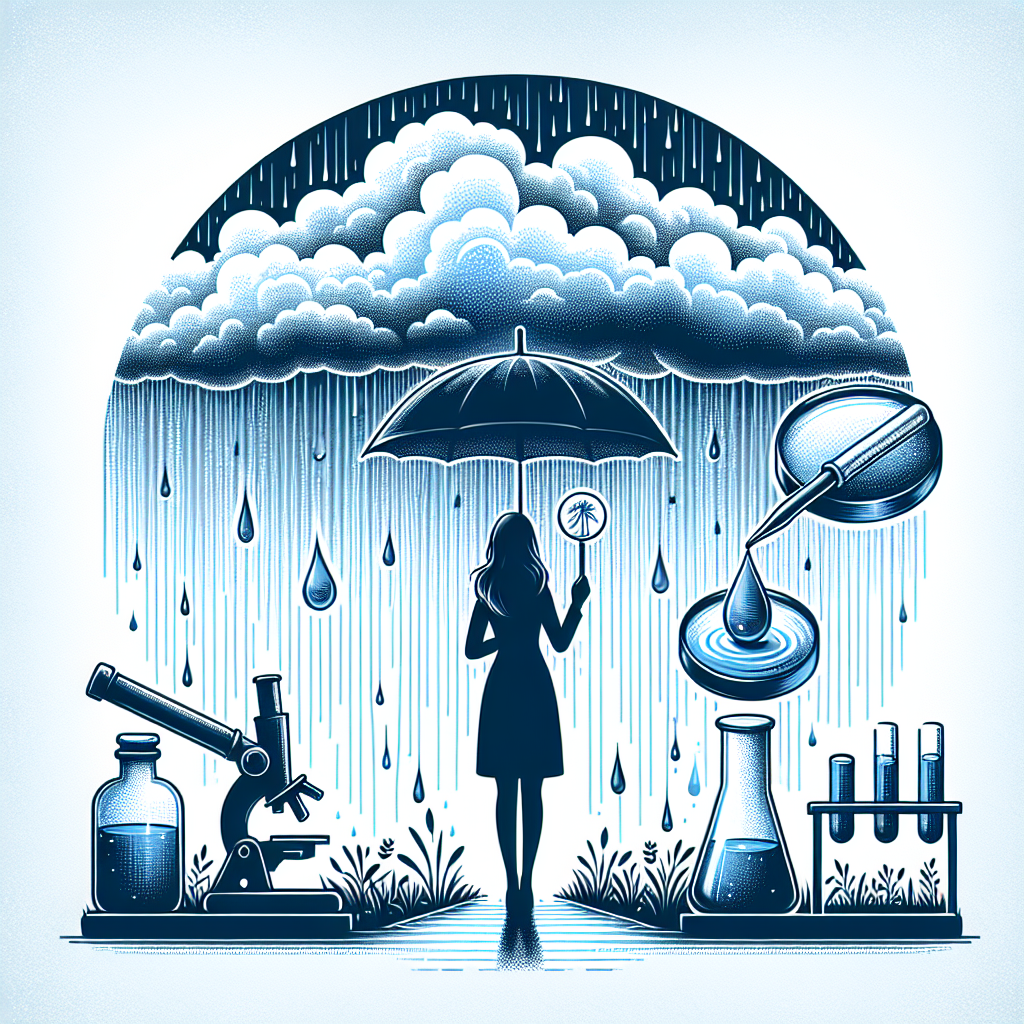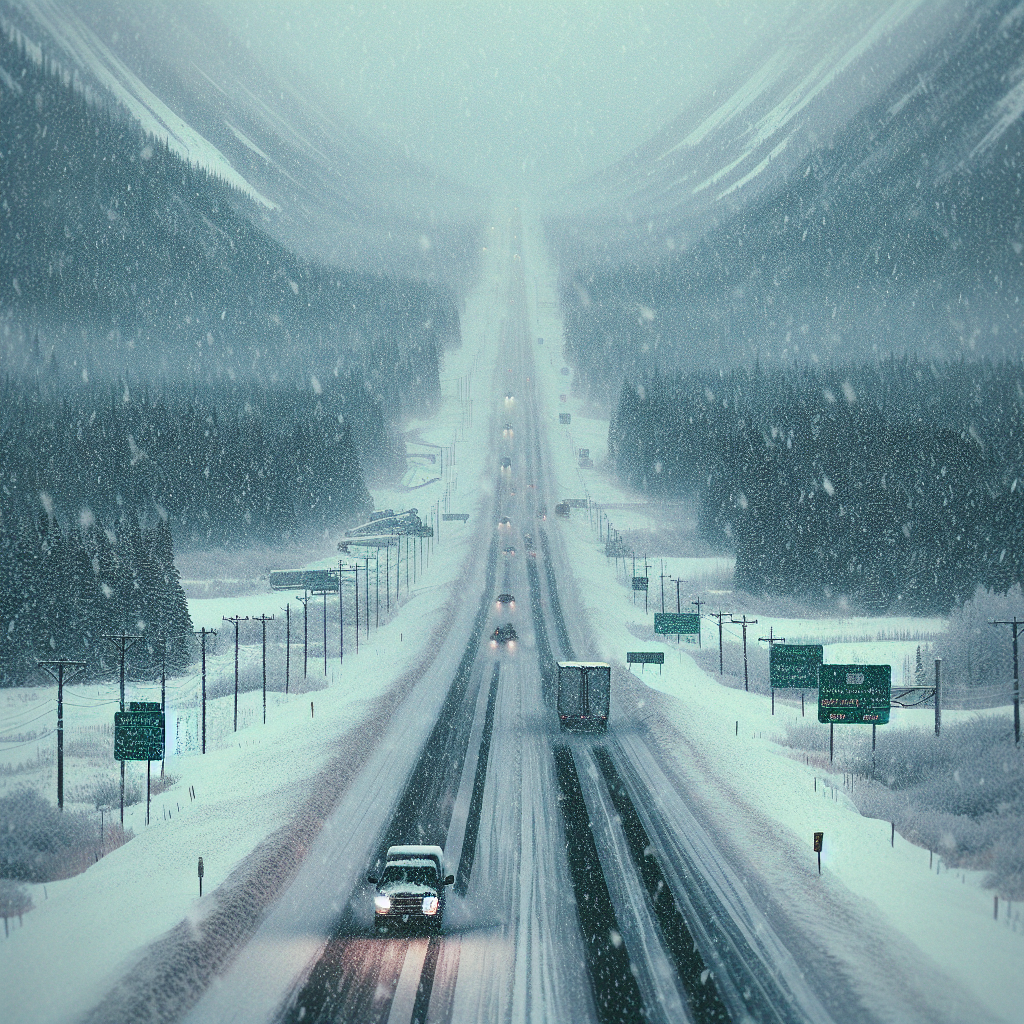Understanding Winter Conditions: From Frost to Freezing Rain
The Basics of Winter Weather
Winter is a season that brings varied weather conditions, each with its characteristics and challenges. The primary forms of precipitation during winter include snow, sleet, frost, and freezing rain. Understanding these conditions is vital for safety and preparedness, particularly for travelers and those living in cold climates.
Frost: The First Sign of Winter
Frost occurs when water vapor in the air turns into ice crystals on cold surfaces. It typically forms overnight when the temperatures drop. Frost can compromise visibility on the road and create slippery surfaces. The two types of frost are:
Radiation Frost: It’s formed under clear skies when the heat absorbed by the earth during the day is lost at night, allowing surfaces to cool quickly.
Advection Frost: This occurs when warm, moist air moves over a colder surface, causing the moisture to freeze as it cools.
Safety Tip: To prevent frost accumulation on your vehicle, park it in a garage or cover it with a tarp when an overnight freeze is predicted.
Snow: The Classic Winter Precipitation
Snow is a key indicator of winter weather, characterized by crystalline ice particles that form in the atmosphere and fall to the ground. Snowfall can vary from light flurries to heavy blizzards. The factors influencing snow formation include:
- Temperature: Generally, snow forms when temperatures are at or below freezing (32°F or 0°C).
- Humidity: More moisture in the air can lead to heavier snowfall.
- Elevation: Higher elevations often receive more snow than lower areas.
Heavy snow can lead to dangerous travel conditions, reduced visibility, and power outages due to downed lines.
Safety Tip: Always check local weather reports before travel during snowy conditions and carry emergency supplies in your vehicle.
Sleet: The Hazardous Interlude
Sleet consists of small ice pellets formed when rain falls through a layer of cold air and freezes before reaching the ground. This condition often occurs during transitional weather between snow and rain. Sleet can create dangerous surfaces, especially on roadways.
- Formation: When temperatures are above freezing at higher altitudes but drop below freezing closer to the ground, sleet forms.
- Impact: Sleet can cause vehicle accidents and slippery walkways, posing significant risks to pedestrians and drivers.
Safety Tip: If you must drive during sleet, maintain a safe distance from other vehicles and reduce your speed. Using winter tires can improve traction.
Freezing Rain: The Most Dangerous Winter Condition
Freezing rain occurs when rain falls while surface temperatures are below freezing, causing the liquid droplets to freeze on contact with cold surfaces. This creates a sheet of ice that can coat roads, sidewalks, and power lines, leading to hazardous conditions and power outages.
- Formation: Freezing rain usually requires a warm layer of air aloft above a colder layer near the surface.
- Intensity: It is considered one of the most dangerous winter weather phenomena due to its ability to create quick, icy accumulations.
Safety Tip: Travel should be avoided during freezing rain conditions, as road surfaces quickly become treacherous. Stay indoors and monitor local alerts.
The Impact of Wind Chill
Wind chill further complicates winter weather conditions. It combines wind speed and temperature to determine the perceived temperature on exposed skin. Wind chill is significant because it can lead to frostbite and hypothermia when temperatures are low.
- How It Works: Wind removes the layer of warm air from your body, making it feel colder than the actual temperature.
- Precautions: Dress in layers, covering exposed skin, when wind chill temperatures drop below thrilling thresholds, typically around 32°F (0°C).
Preparing for Winter Conditions
Knowing how to prepare for winter weather can reduce risks and enhance safety:
Stay Informed: Keep up-to-date with weather forecasts. Use apps and local news alerts for real-time updates.
Winterize Your Home: Insulate your pipes, check for drafts, and ensure your heating system is efficient to withstand freezing temperatures.
Maintain Your Vehicle: Regularly check the antifreeze levels, battery health, and tire pressure to ensure your vehicle runs optimally in harsh conditions.
Emergency Kit: Equip your car with an emergency kit containing blankets, snacks, a flashlight, and a first-aid kit.
Conclusion
As winter approaches, understanding the various conditions—from frost to freezing rain—equips individuals with the knowledge to stay safe in challenging weather. Proper preparation and awareness can mitigate risks associated with winter’s harsh elements and ensure a more pleasant season.
Additional Resources
- National Weather Service: Stay updated with forecasts and warnings.
- Local News Channels: Monitor for regional trends and weather tips.
- Educational Websites: Learn more about weather patterns and safety measures through reliable meteorological sources.


